Justin J. Cordonnier, M.D., the first full-time head of the Division of Urology at Washington University School of Medicine, was born May 13, 1905, in Greenville, Ill. Justin’s father, Lawrence, was a physician who practiced medicine in Greenville, Ill.
Justin earned a B.S. degree from Washington University in 1926, and in 1928, he graduated from the School of Medicine, cum laude and AOA. He served a fellowship in internal medicine, and internships in pathology and internal medicine, at Barnes Hospital; was an exchange fellow at East London Hospital for Children in London, England; and returned to Barnes Hospital in 1930 to serve a year as an intern and two years as an assistant resident in general surgery.
He then spent nine months as an instructor in clinical urology at the University of California School of Medicine under Frank Hinman before returning to Barnes Hospital and Washington University School of Medicine as a fellow under John R. Caulk. In 1941, he became an instructor in clinical genitourinary surgery, and in 1942, he was inducted into the armed forces and served as chief of urology at the Armed Forces Hospital in San Antonio, Texas, and later in Chicago, Ill.
After leaving the Army as a full colonel, Dr. Cordonnier rejoined the staff at Barnes Hospital and Washington University School of Medicine as assistant professor in clinical genitourinary surgery. He was promoted to associate professor in clinical genitourinary surgery in 1950 and became full professor and chairman of the Division of Urology in 1953, succeeding Dr. Dalton K. Rose. In 1970, he became professor emeritus and stepped down as chairman of the Division of Urology.
When the urology residency program was established at Washington University School of Medicine in 1946, Dr. Cordonnier became very actively involved in the teaching program. His general surgery training, experience with Drs. Caulk and Hinman, and his Army experience made him uniquely qualified to become the major instructor and role model for the residents. During this time, he also established an entirely separate training program at the Veterans Hospital at Jefferson Barracks, about 25 miles from Barnes Hospital. Once a month, he would drive the residents from Barnes Hospital to Jefferson Barracks and hold an X-ray conference.
Dr. Cordonnier ran a daily noon pyelogram conference where all of the hospital pyelograms were reviewed. He also taught the residents how to do simple and radical perineal prostatectomies, as well as suprapubic prostatectomies. He was the first staff member to do total cystectomies for carcinoma of the bladder. At first he popularized his method of using ureterosigmoid urinary diversion, the anastomosis being a simple end-to-side refluxing type. It soon became apparent that this type of urinary diversion was fraught with complications, primarily pyelonephritis and hyperchloremic acidosis. Air pyelograms due to refluxing flatus were not at all uncommon.
When Dr. Eugene Bricker introduced ileal segment type of urinary diversion, Dr. Cordonnier enthusiastically adopted it as well. Actually, Dr. Cordonnier was the first urologist in the country to do so, and he is best known for this advancement.
Dr. Cordonnier was not an aggressive transurethral resectionist, usually doing only relatively small glands. The remainder, usually those over 30 grams in size, were done by open prostatectomy. Transurethral resections were mostly done with patients under sodium pentothal. Since no muscle relaxants were used, unusually large doses of pentothal were given, and the patient often would not awaken until the small hours of the next morning. Resections were done with a spark-gap Bovie as the power source. Interestingly, drop ether was used when Dr. Cordonnier would perform transurethral resections at a small hospital in Highland, Ill. The patients awakened much more promptly than when sodium pentothal was used.
Dr. Cordonnier emphasized that surgery should be done with dispatch, and that if the operation lasted over two hours, with the exception of total cystectomies, the surgeon probably did not know how to do the operation. Nephrectomies then were done through a simple flank incision. The kidney was usually digitally peeled out and the renal pedicle triply cross-clamped with large pedicle clamps. The pedicle was divided between the distal and middle clamp, and the pedicle itself was ligated with a double strand of #1 chromic catgut, the distal ligature being suture ligated with the same material. No attempt was made to isolate the artery and vein, and the adrenal was usually left in place. As a result, operating time was minimized, which was very important in view of the state of the art of anesthesia during that time.
Indeed, when doing a cystectomy, Dr. Cordonnier would remove the bladder in approximately an hour and leave the remainder of the urinary diversion to be done by one of his junior staff members, at first Dr. Charles H. Nicolai and later Dr. William T. Bowles. Since hemostasis was not very complete when he finished his part of the operation, Dr. Nicolai and later Dr. Bowles became very adept at hemostasis.
Dr. Cordonnier had the reputation of being the leading urologist in the community and had a major part of the “blue-chip” practices. When he left practice to become chairman of the Urology Division, he was placed on a very modest salary, in spite of the fact that he continued his huge clinical practice. Nevertheless, Dr. Cordonnier maintained the same sense of medical ethics, compassion, and dedication to his patients that he had when he was in private practice.
Dr. Cordonnier had a very personal relationship with his residents. Although he expected and demanded their best efforts, he fiercely defended them when someone else criticized them. His drive for excellence was nowhere better manifested than when, in 1965, he had a transurethral resection performed by Dr. William Bowles, one of his old trainees. The procedure was performed with Dr. Cordonnier under spinal anesthesia, and during the operation, he frequently asked Dr. Bowles what he was doing. At one point he suggested to Dr. Bowles rather strongly to “be sure to get that bleeder up at the 12 o’clock position of the bladder neck.”
While in training, Dr. Cordonnier married Jane Caulfield, the daughter of the Governor of Missouri. Their two children, Justin C. Cordonnier and Frances McKinnon (twins), were born April 18, 1940. Frances, a resident of Elmira, New York, recently passed away. Justin Jr. is a prominent lawyer in St. Louis.
Dr. Cordonnier was certified by the American Board of Medical Examiners in 1929 and by the American Board of Urology in 1941. He was a member of the American Association of Genitourinary Surgeons and a Fellow of the American College of Surgeons, the American Medical Association, the American Urological Association, Western Urological Forum, Clinical Society of Genitourinary Surgeons, and the Societe Internationale Urologie. He was elected to the Alpha Omega Alpha national medical honor society in 1927. He was president of the South Central Section of the American Urological Association in 1958, chairman of the Section on Urology of the American Medical Association in 1967 and 1968, president of the Clinical Society of Genitourinary Surgeons in 1976, won the Francis Armory Prize of the American Academy of Arts and Sciences in 1962, and received the Guiteras Award of the American Urological Association in 1978. Dr. Cordonnier was the author of 63 publications, encompassing essentially the entire spectrum of urology. In the capacity of emeritus, he continued very actively to teach the residents at Barnes Hospital and at the Veterans Hospital until his sudden death on January 18, 1980, of a heart attack. In 1975, his friends and former residents established and funded an annual lectureship in his honor.
Robert K. Royce
Professor of Urology
Washington University
School of Medicine
Justin J. Cordonnier Visiting Professors
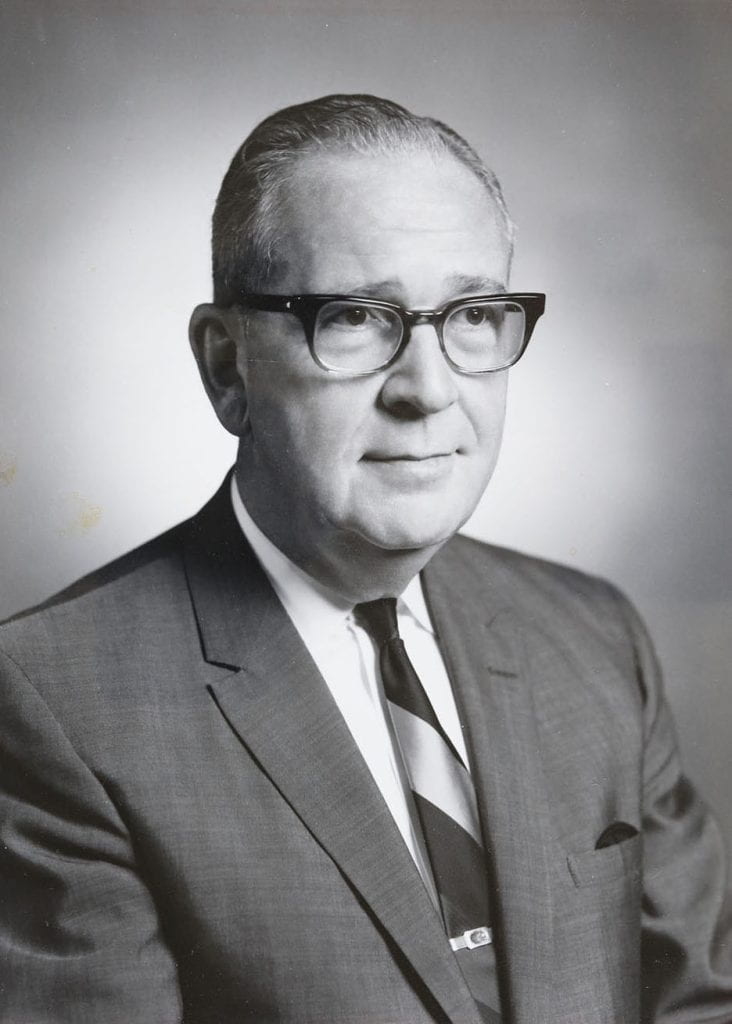
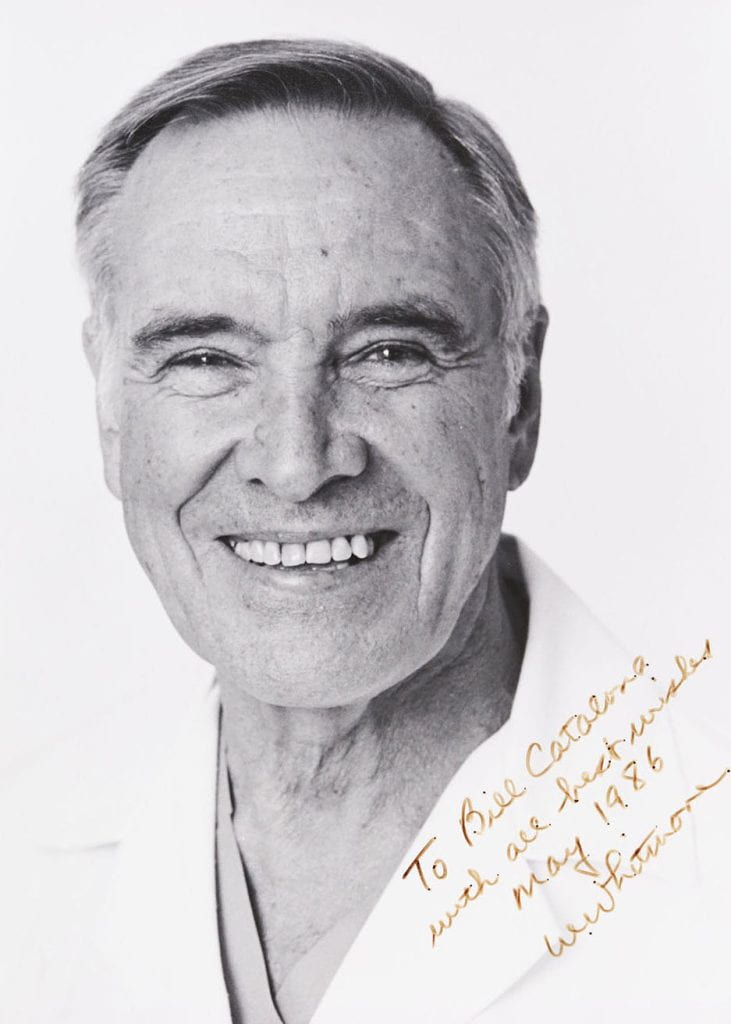
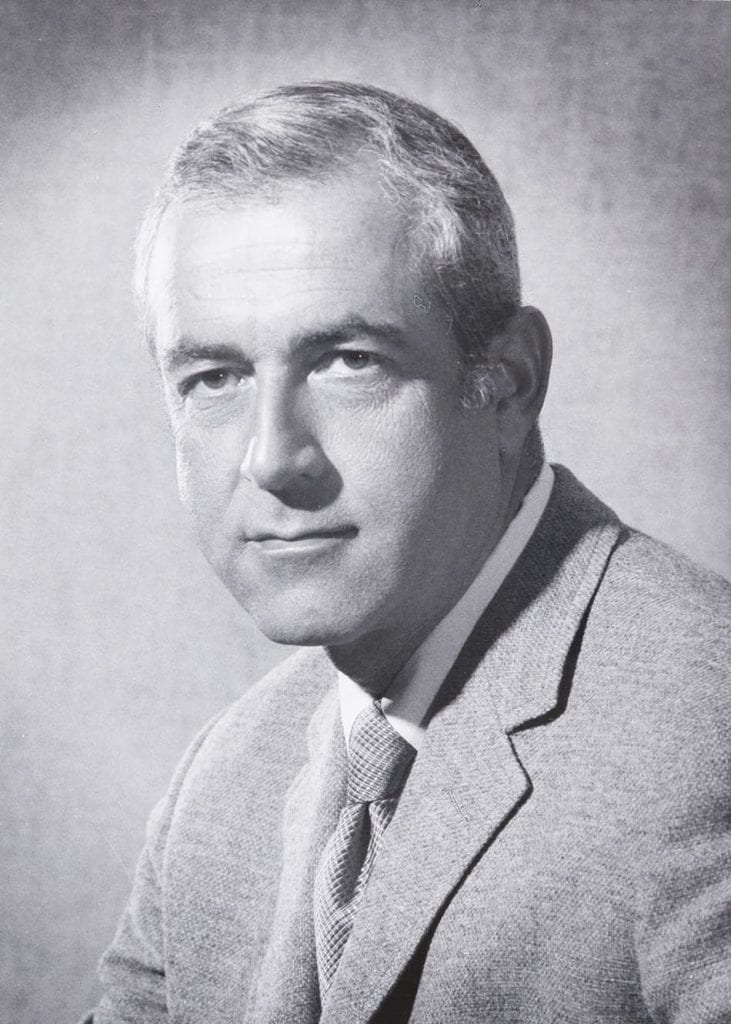
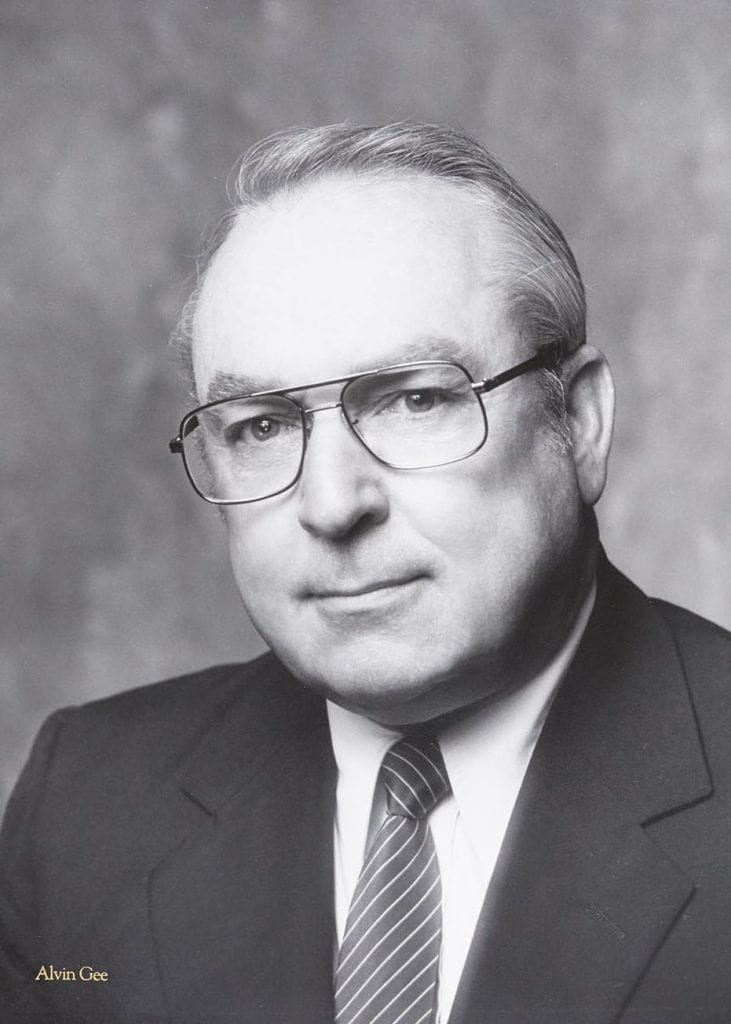
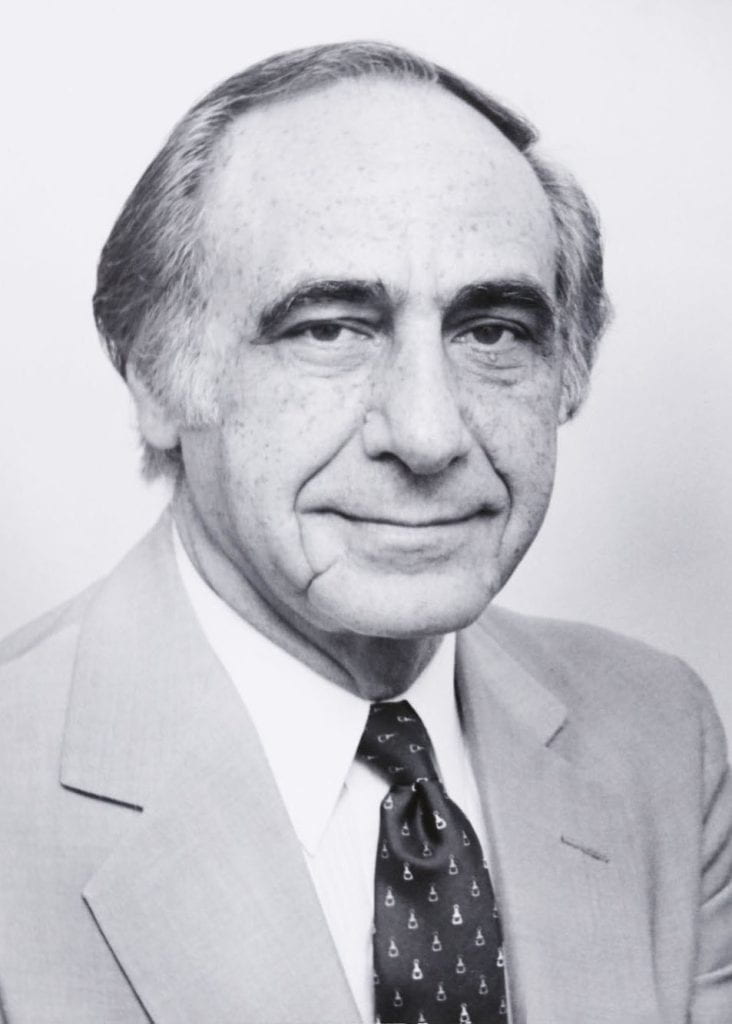
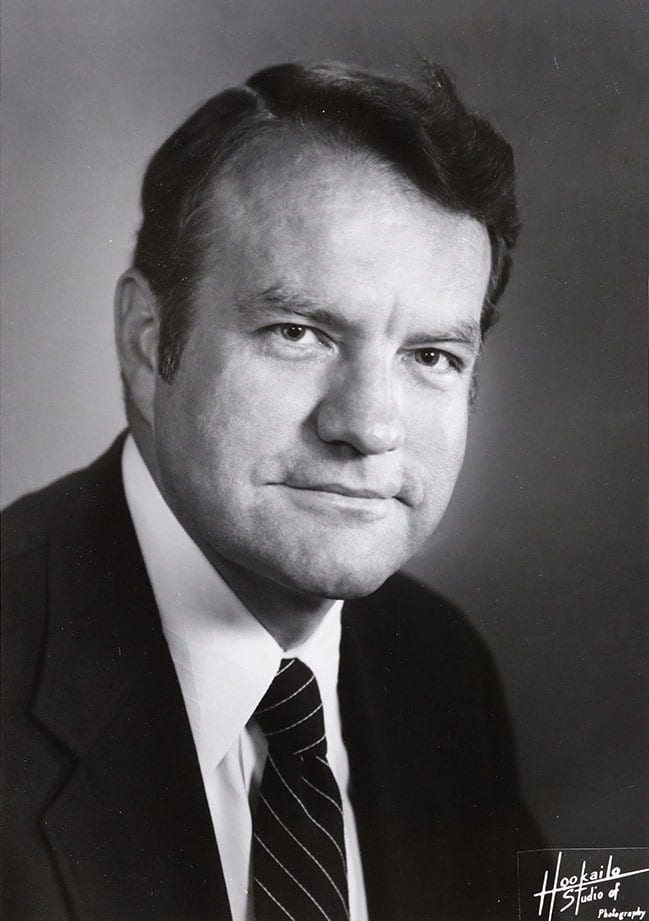
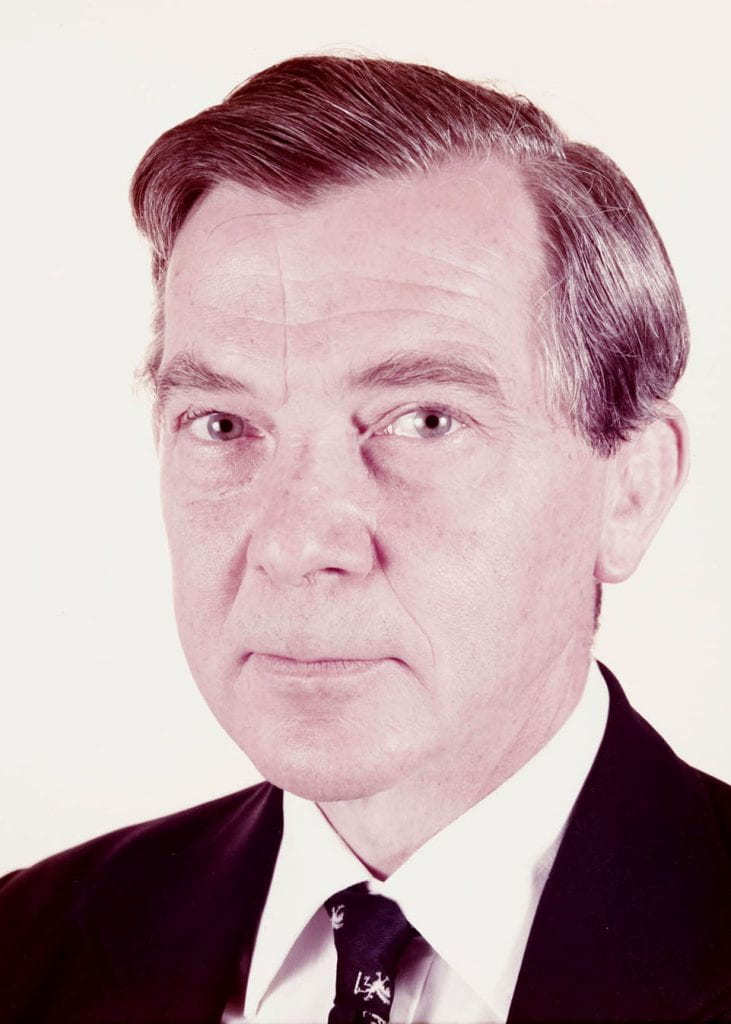
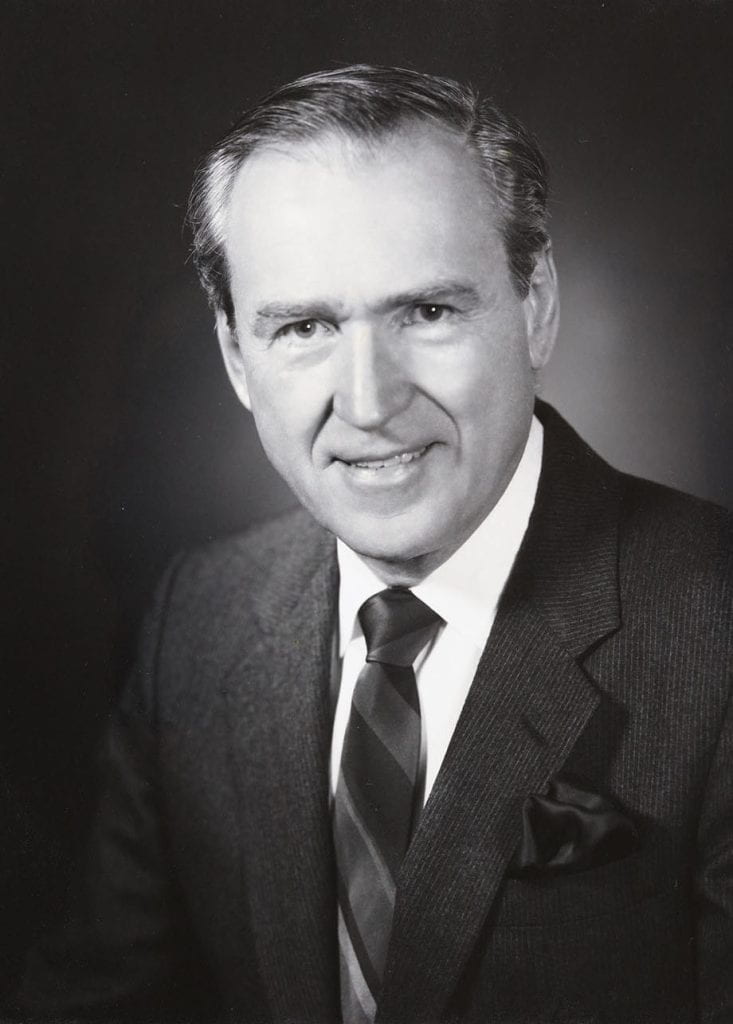
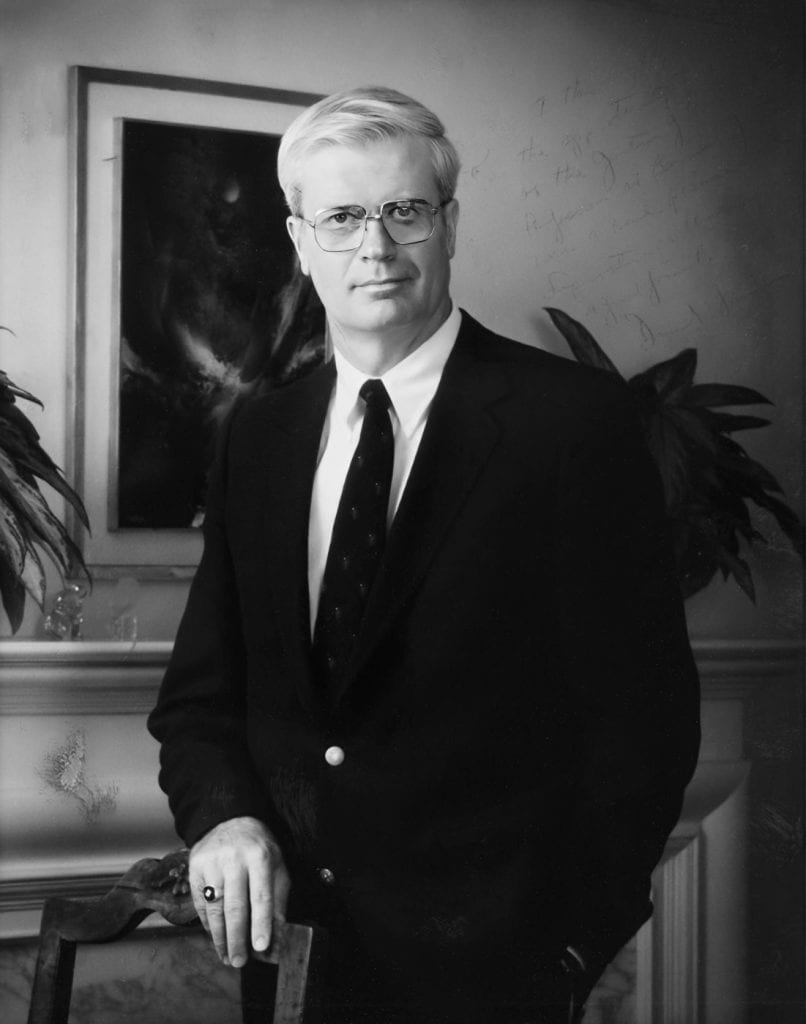
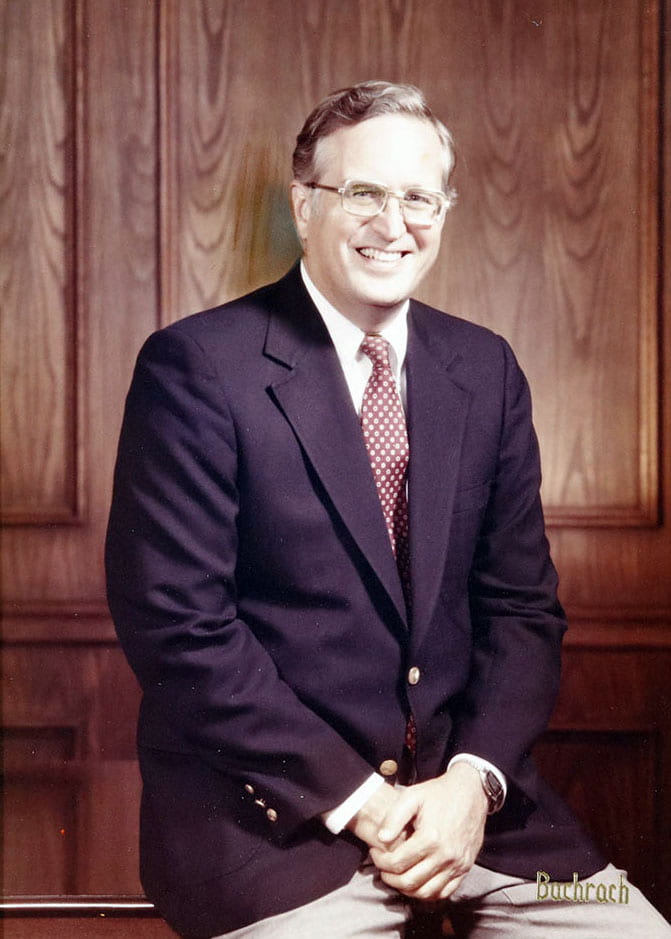
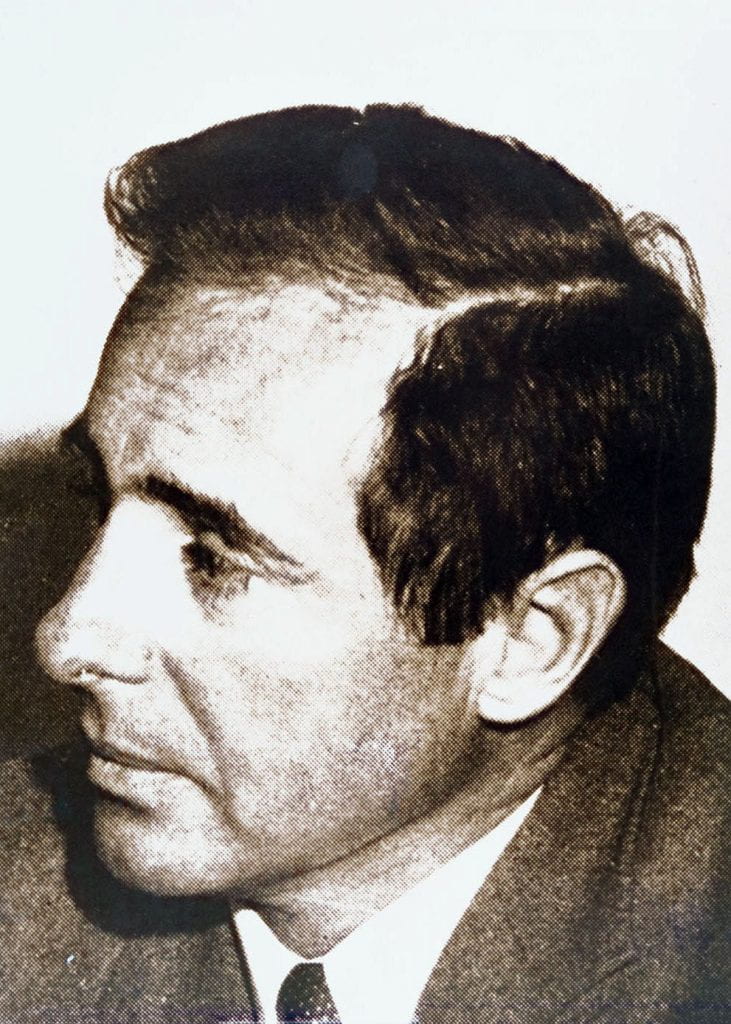
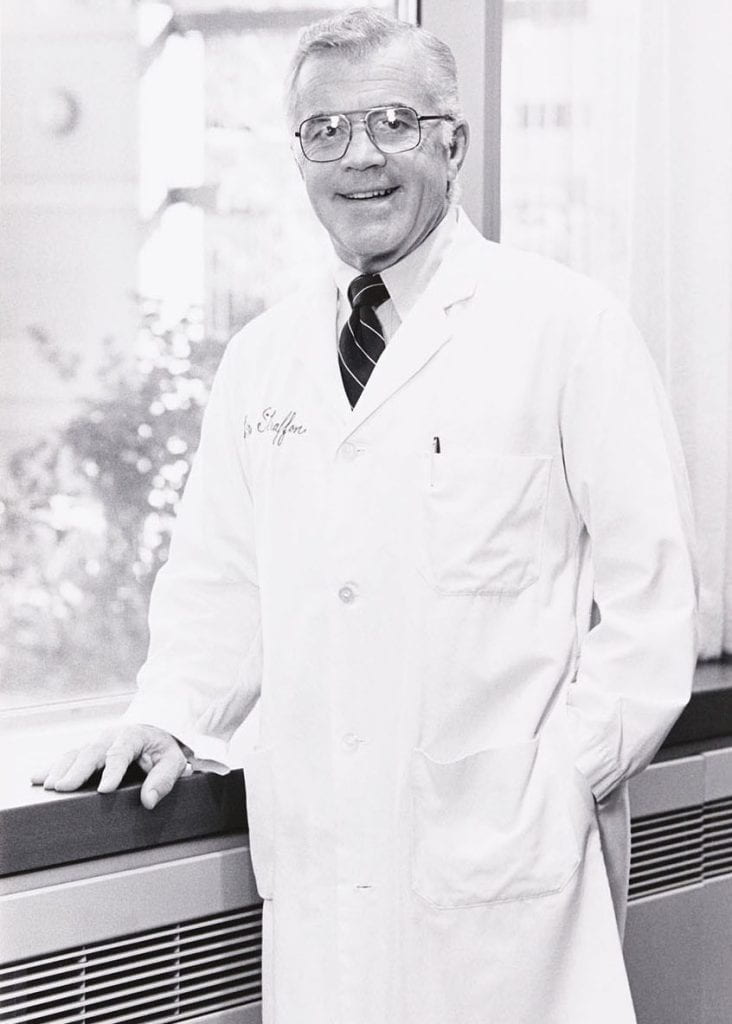
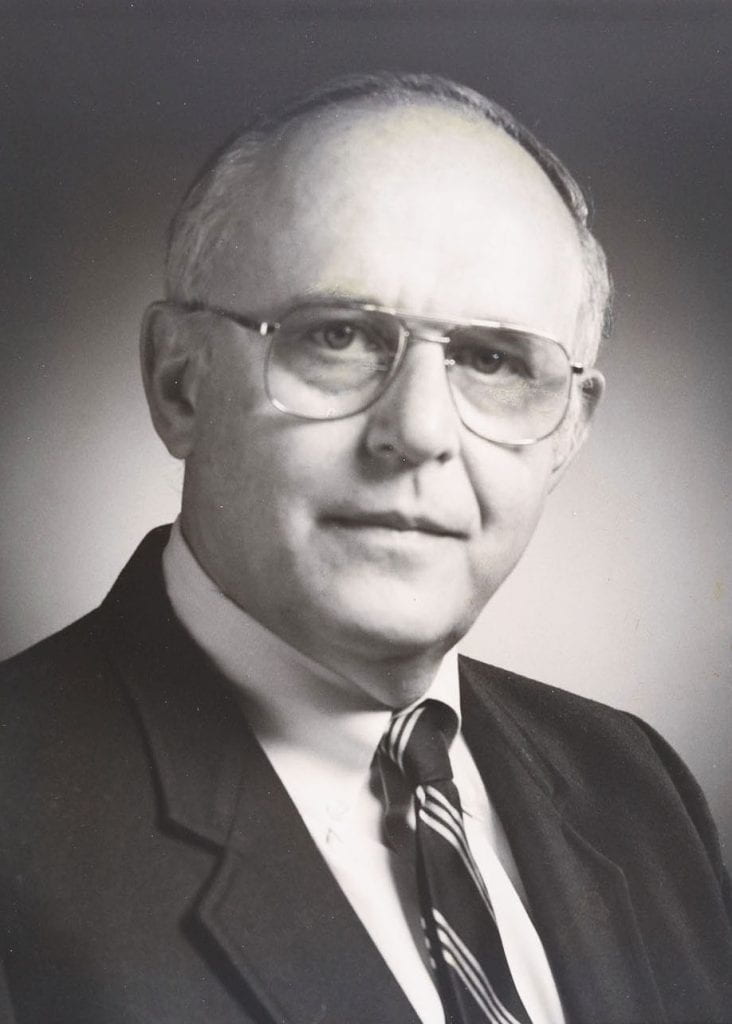
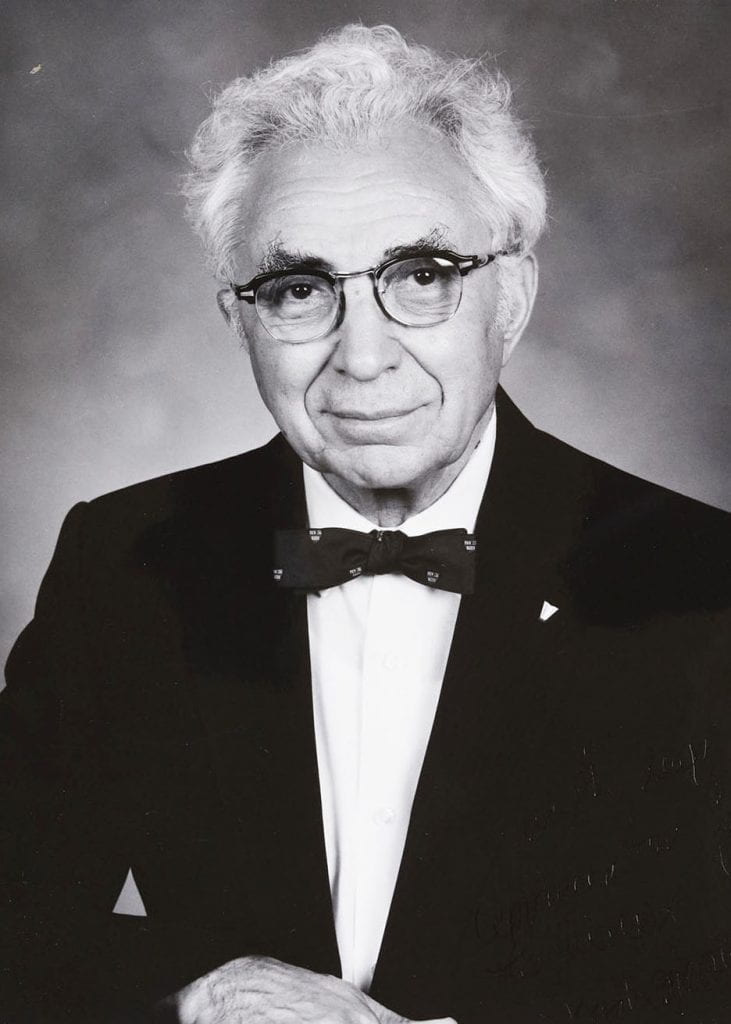
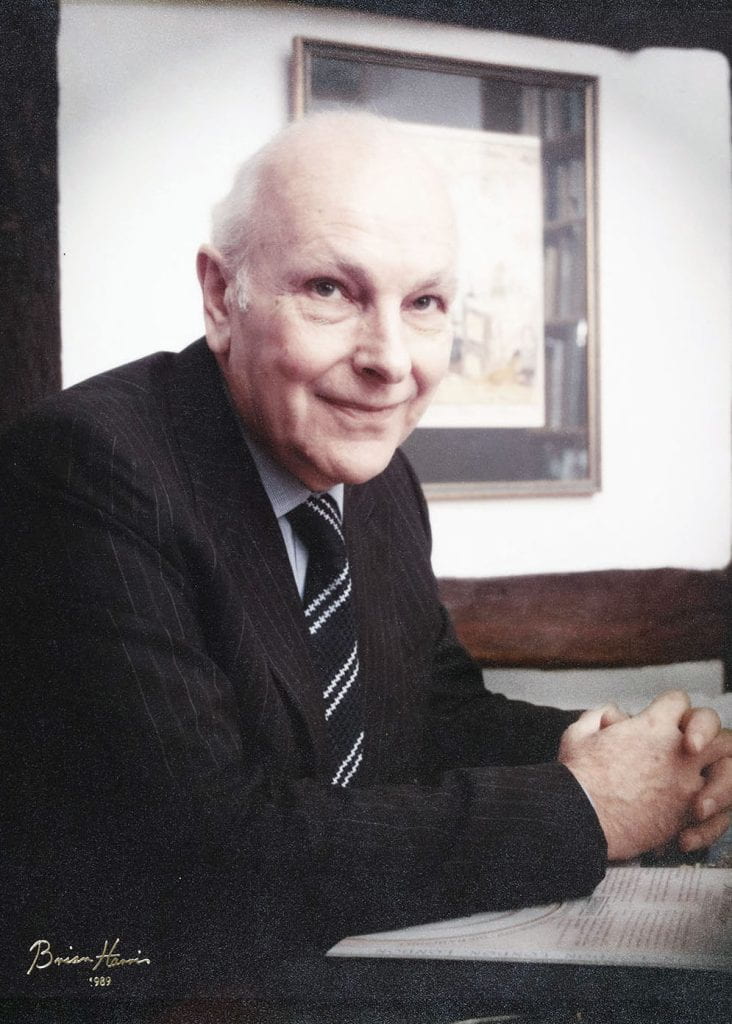
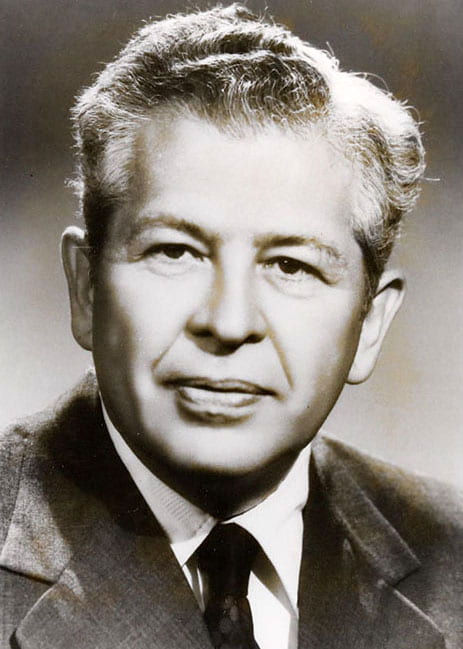
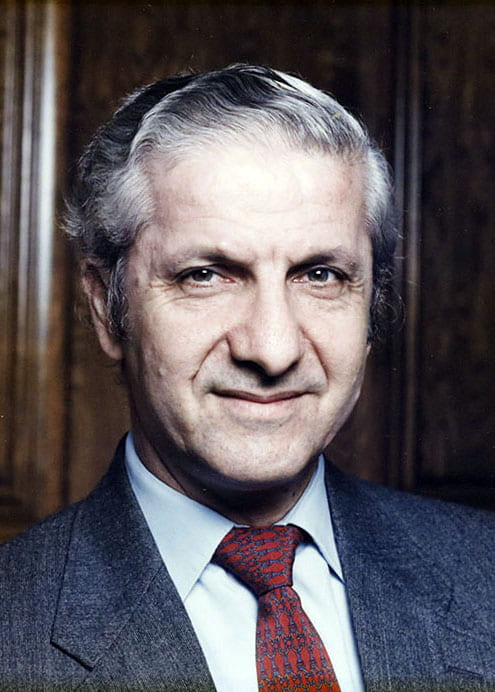
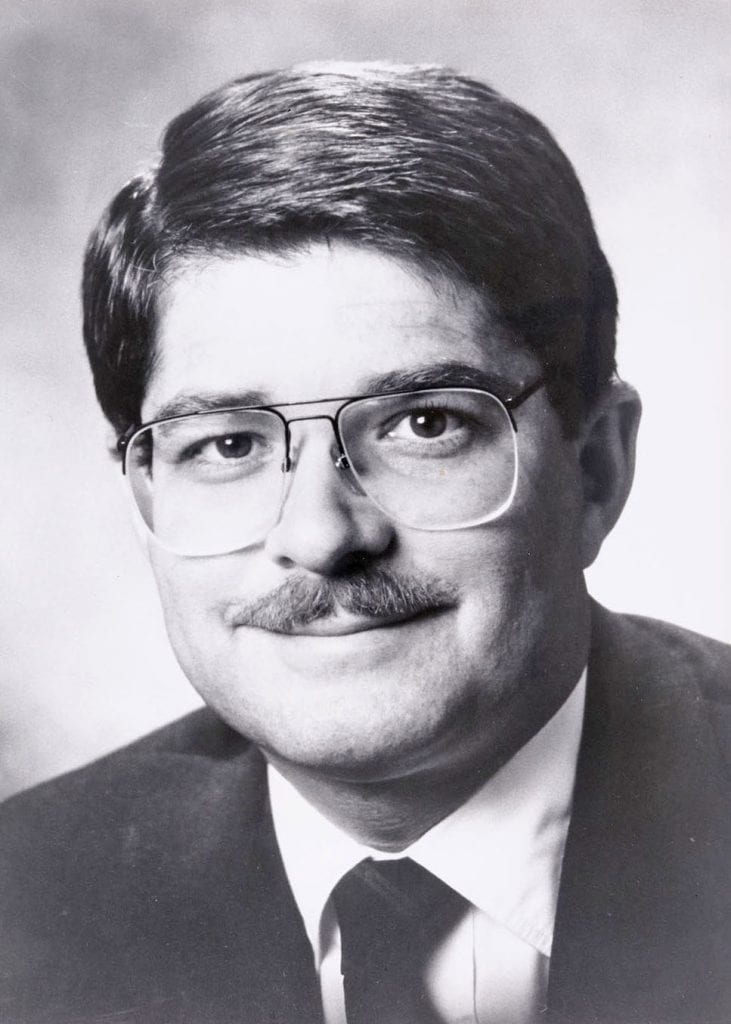
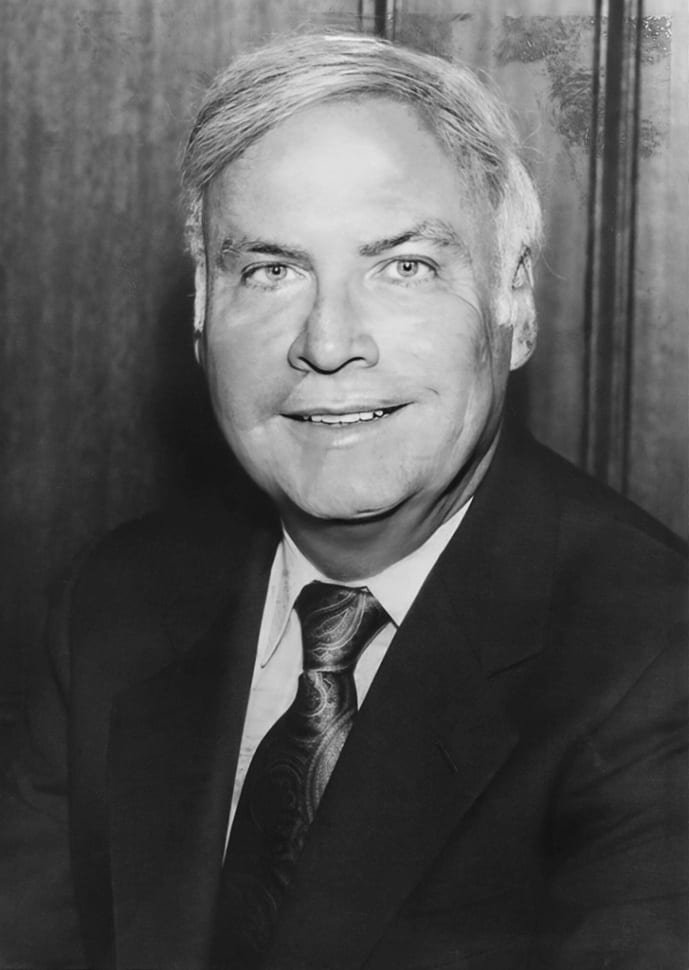
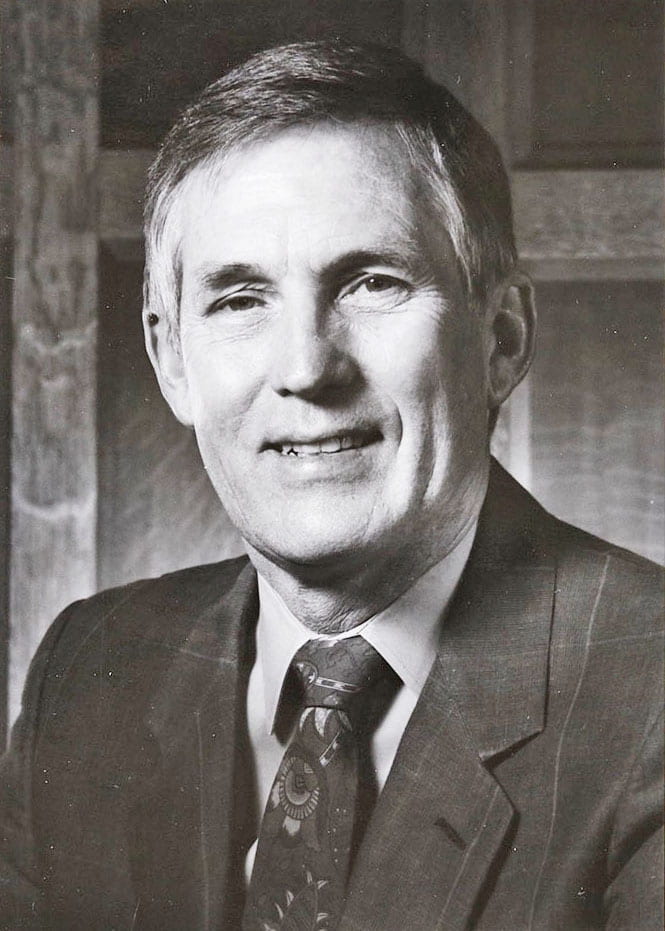
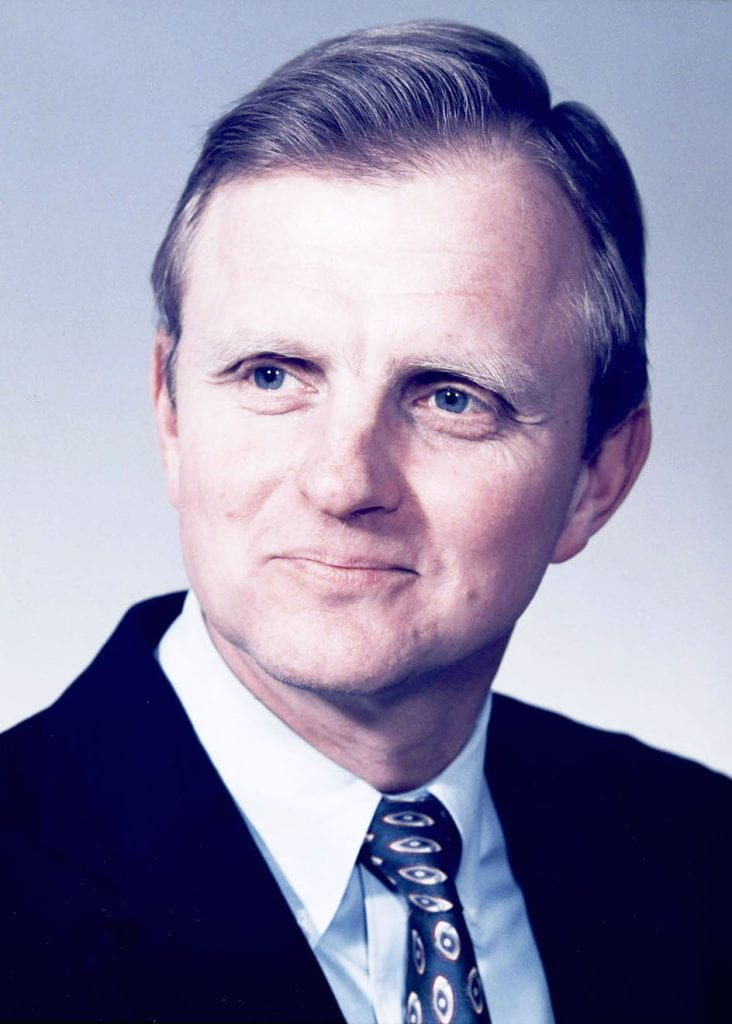
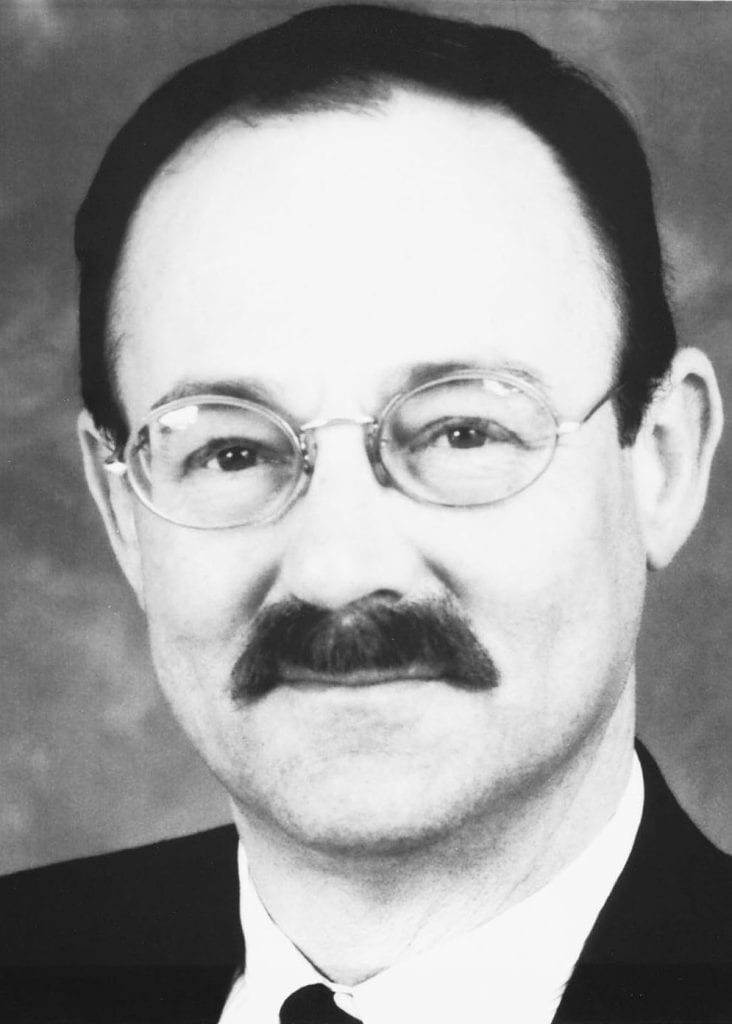
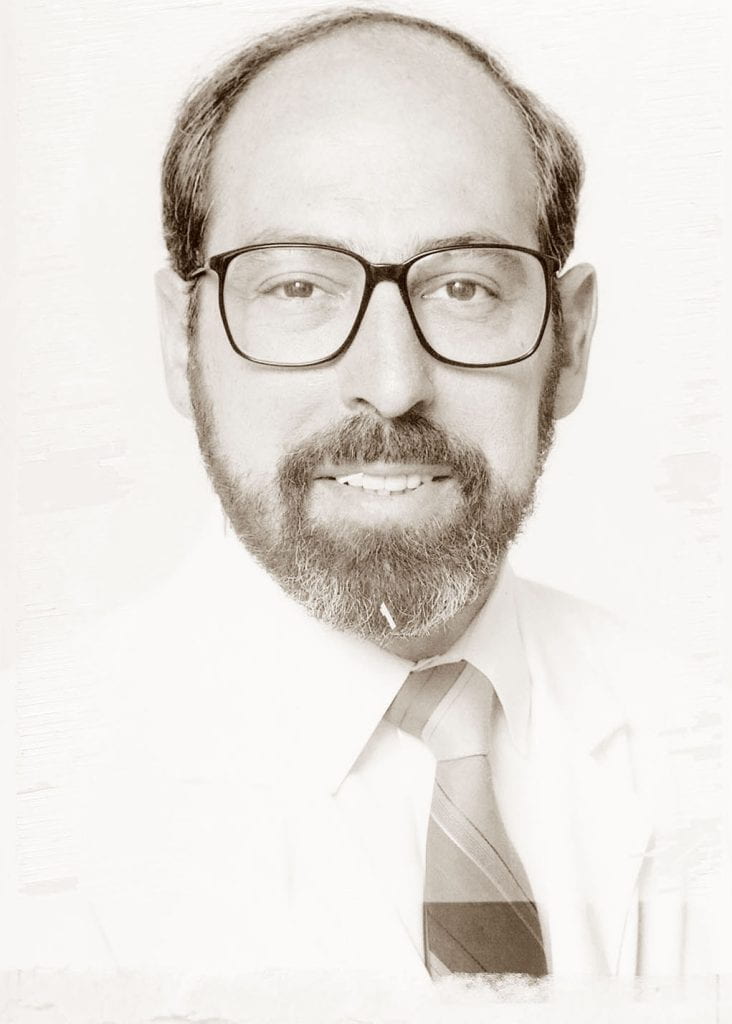
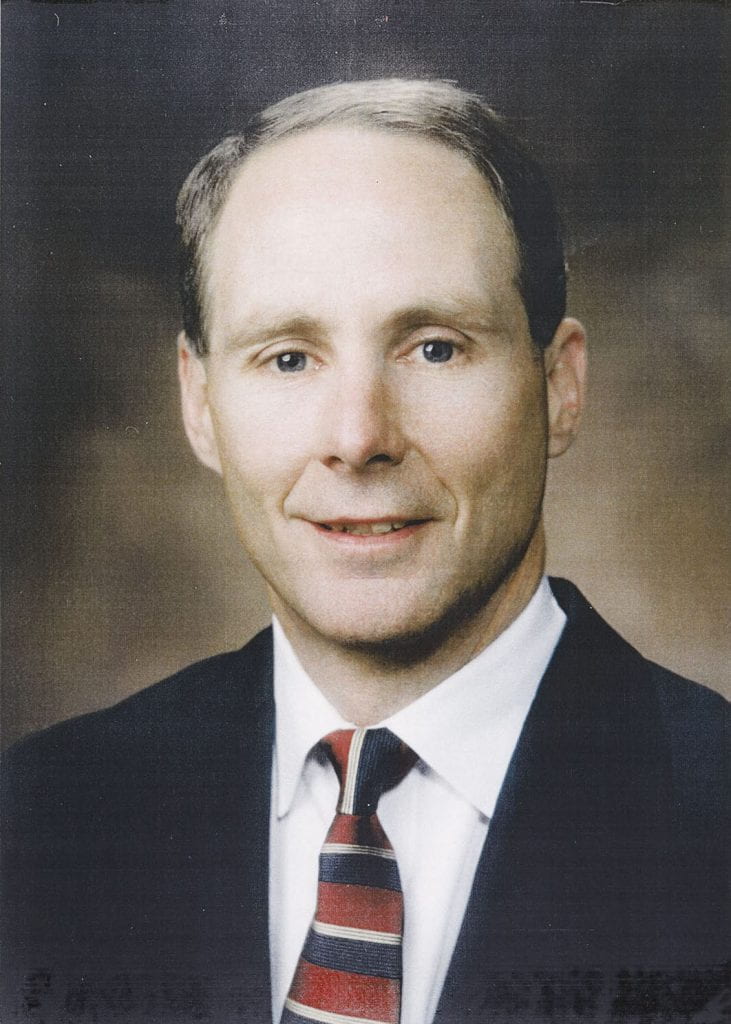
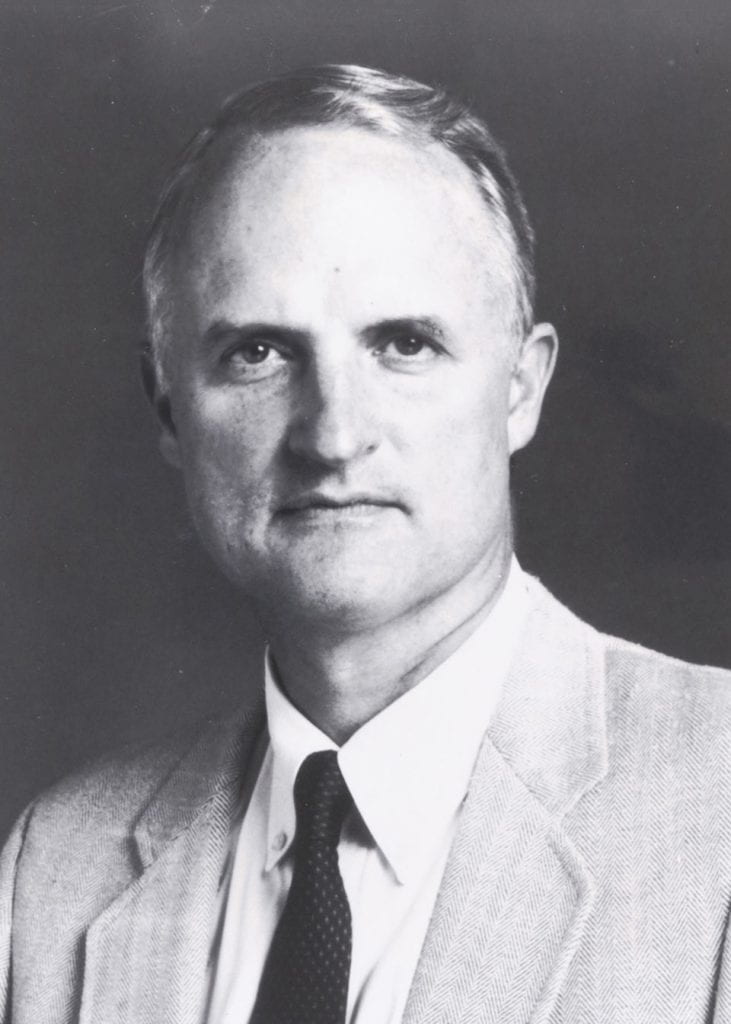
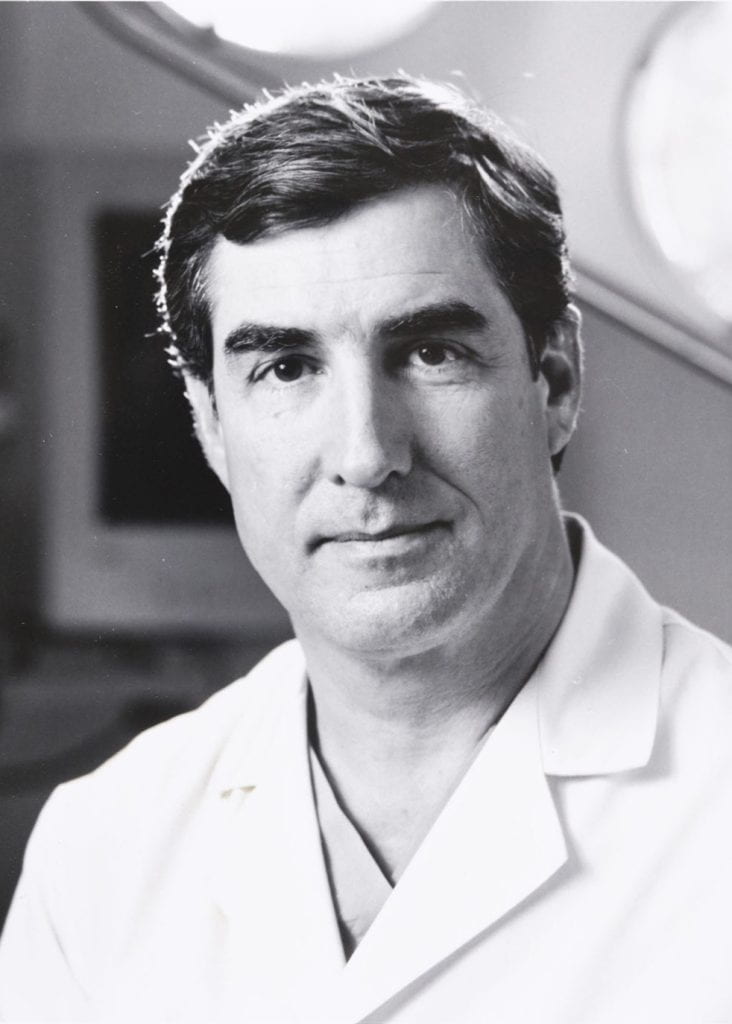
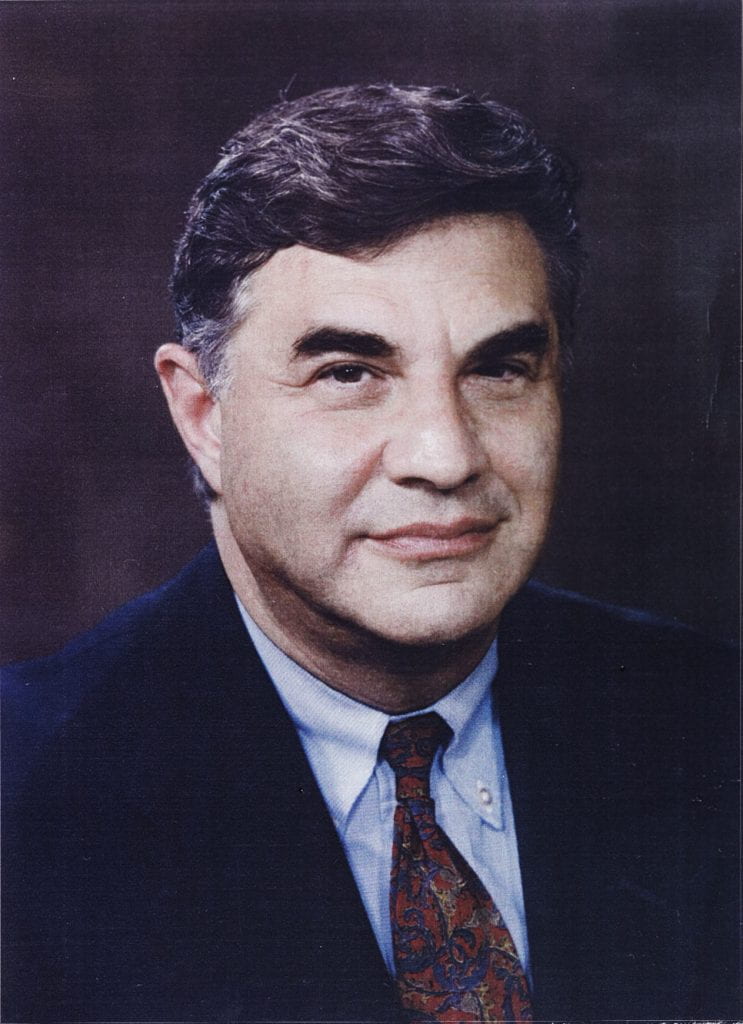
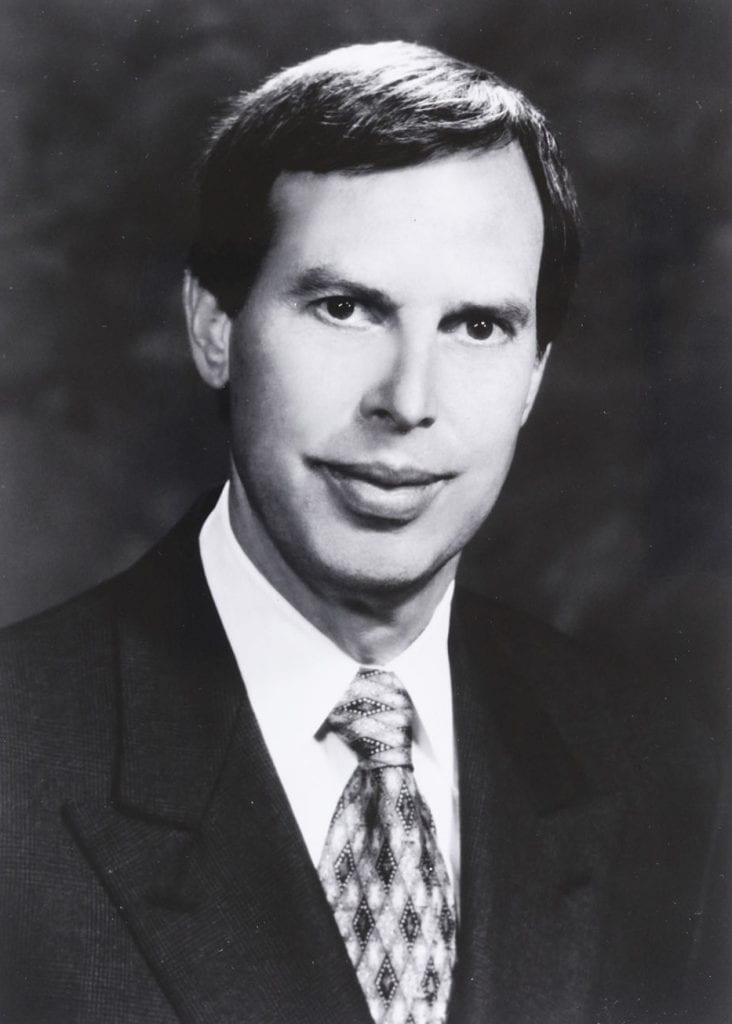
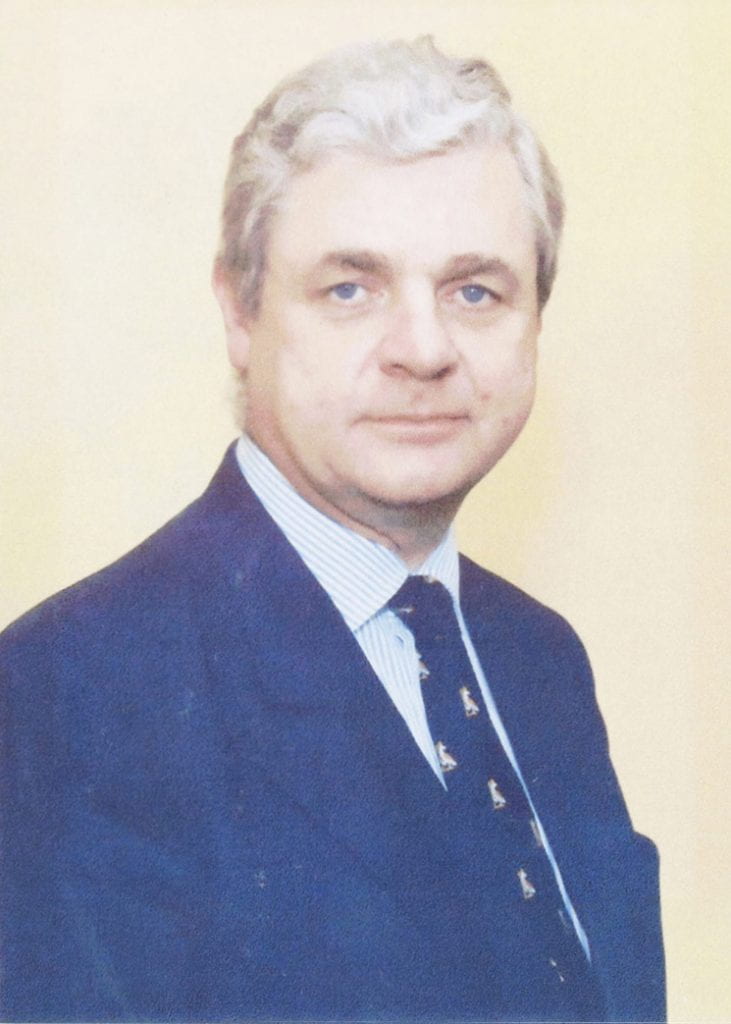
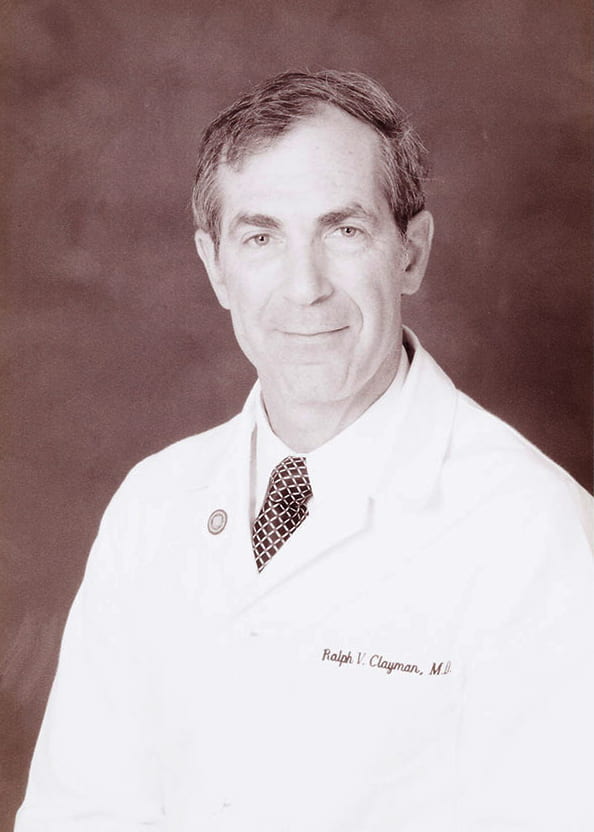
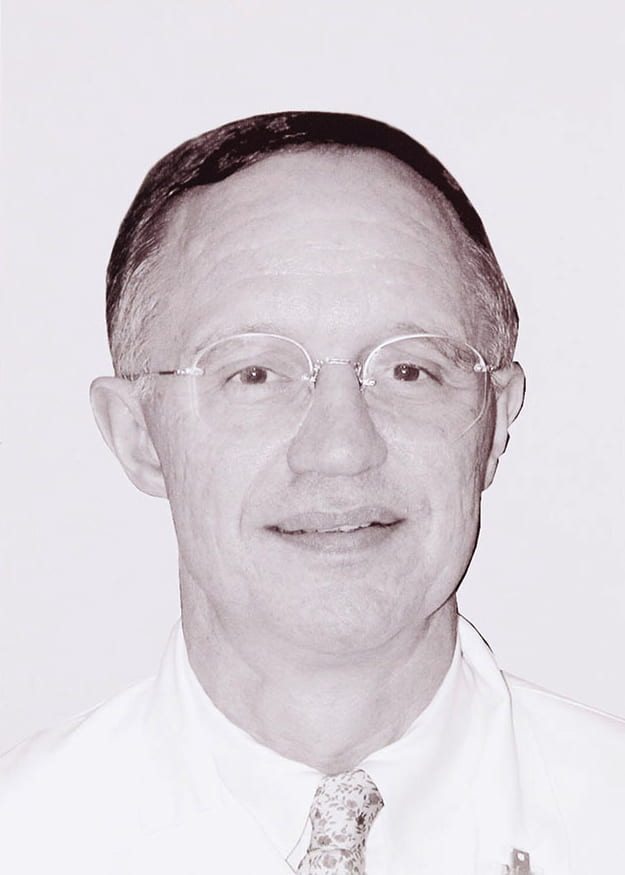
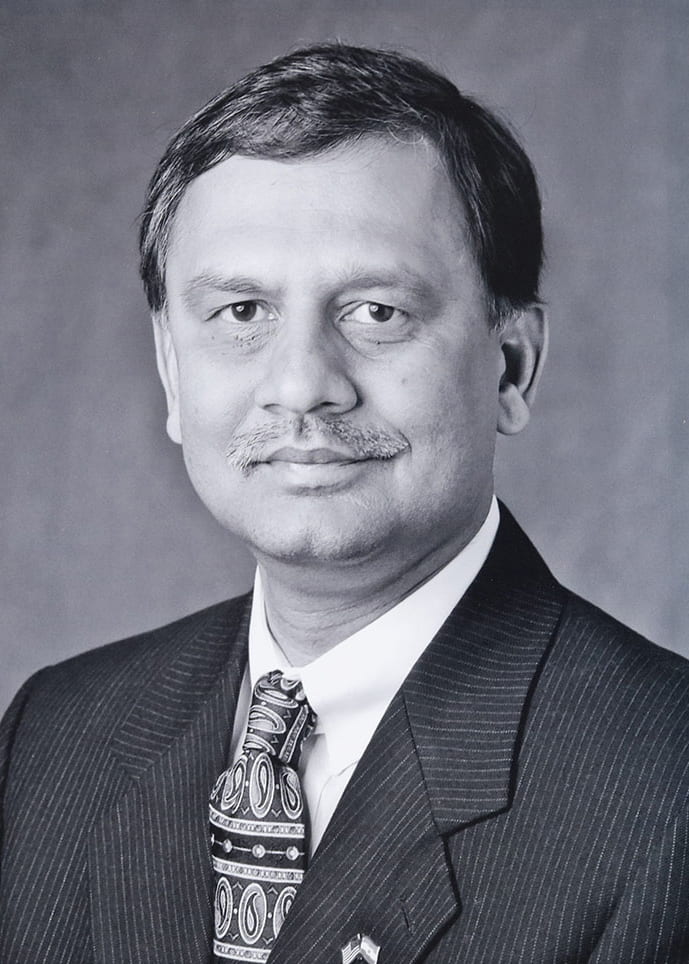
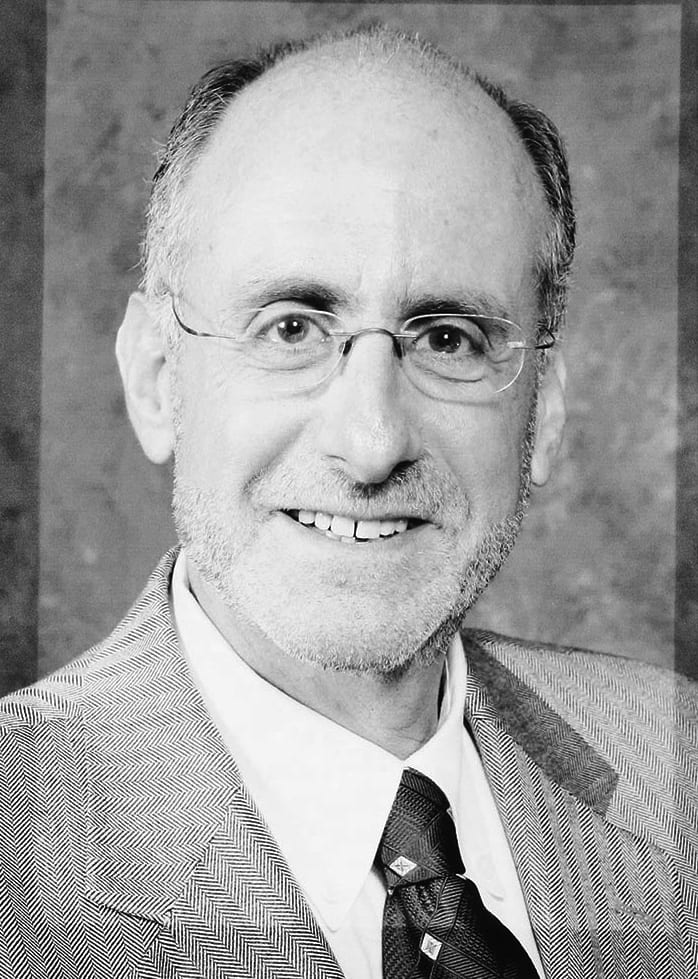
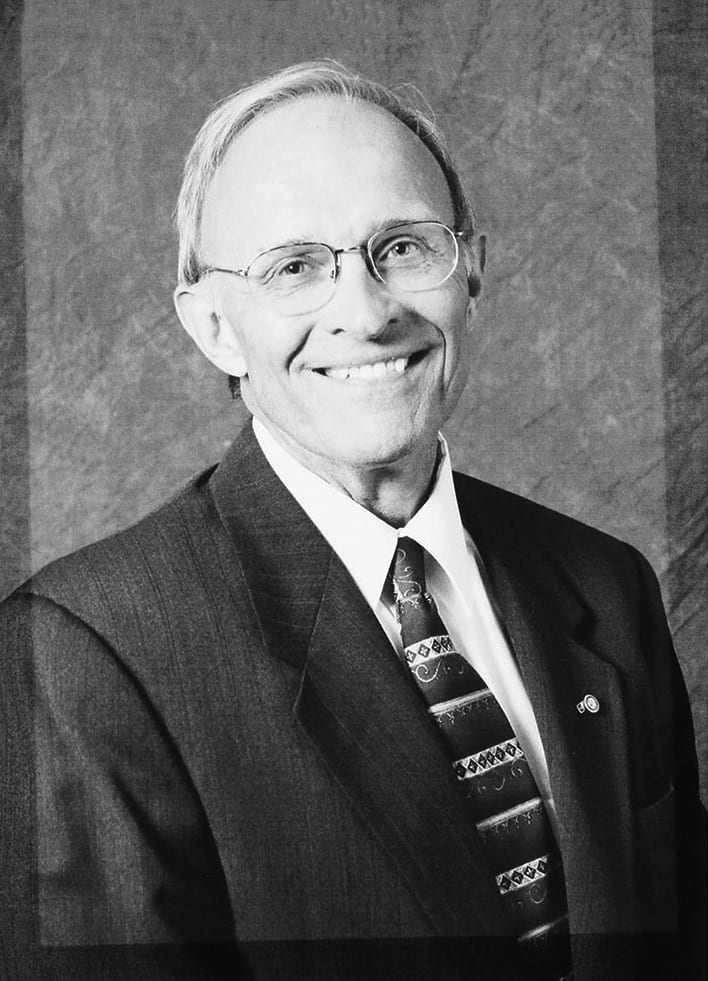
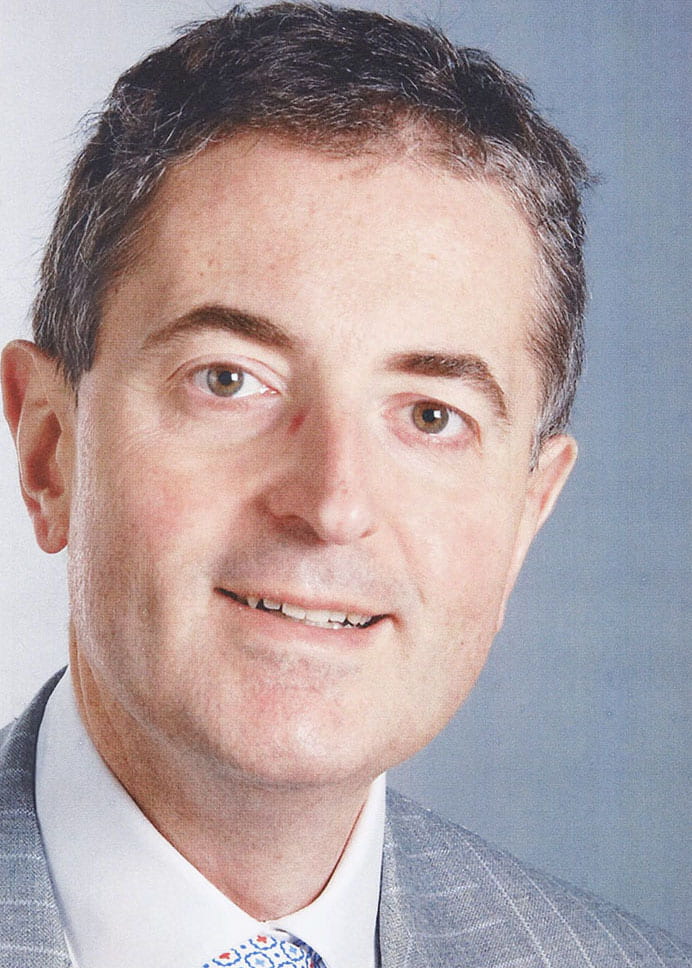
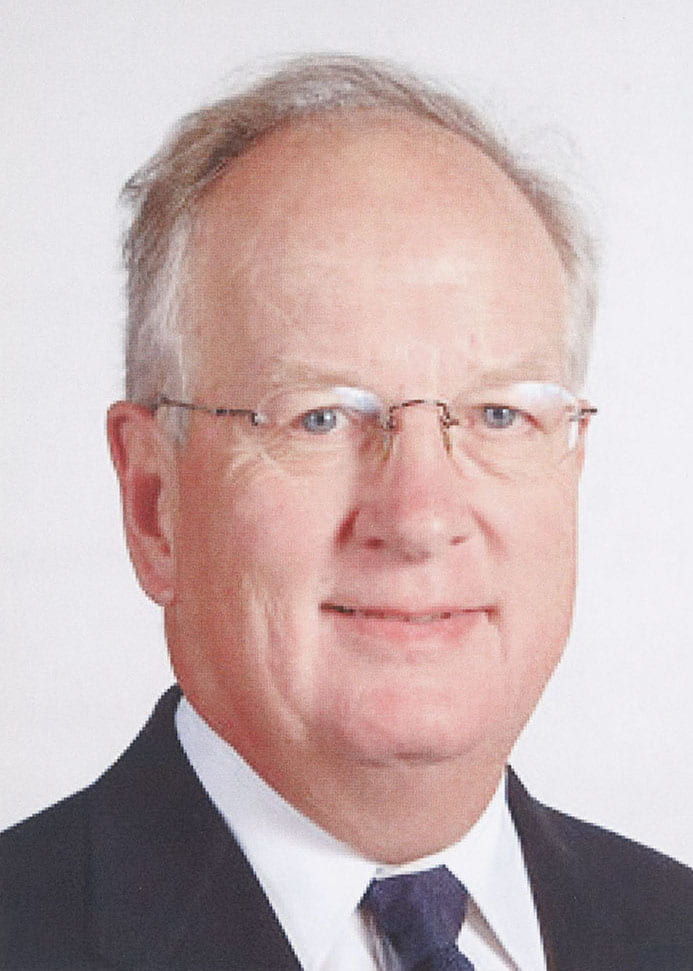
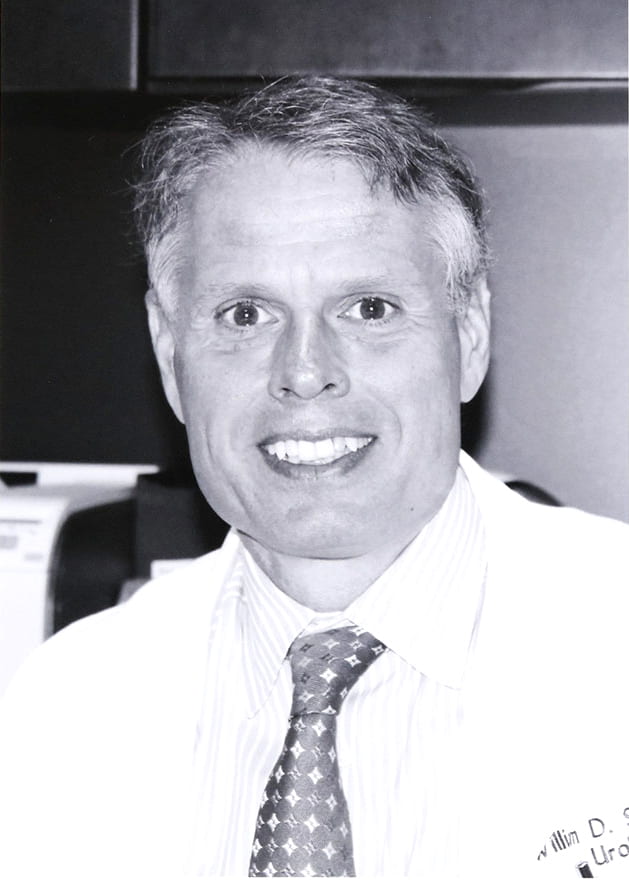
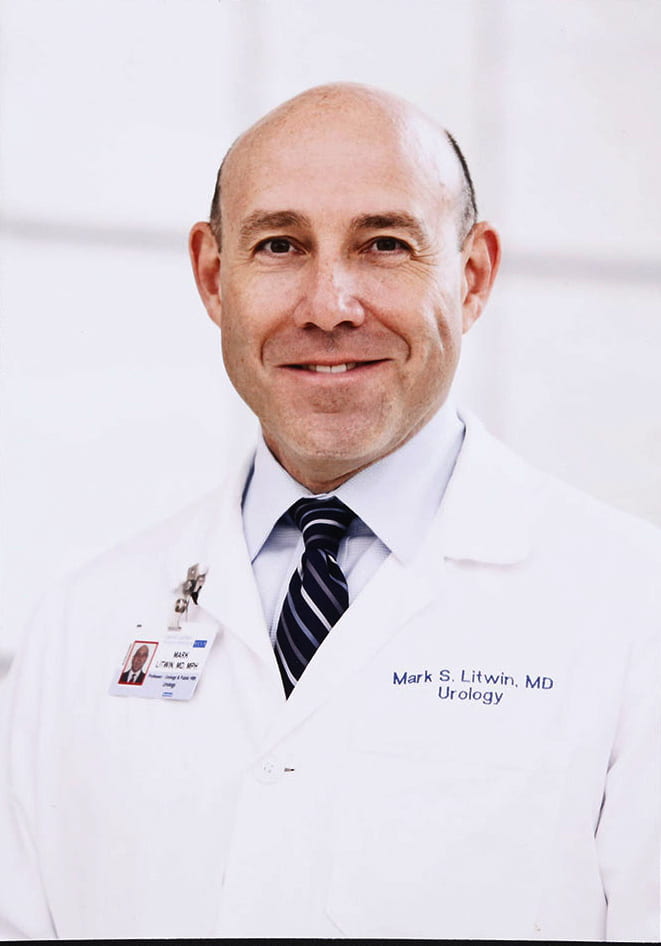
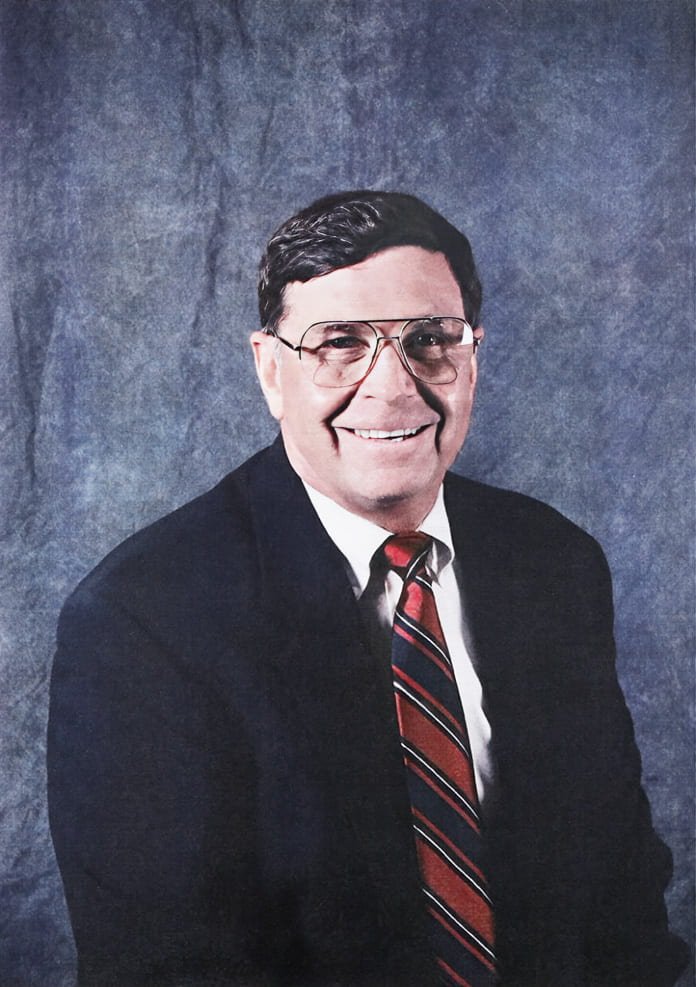
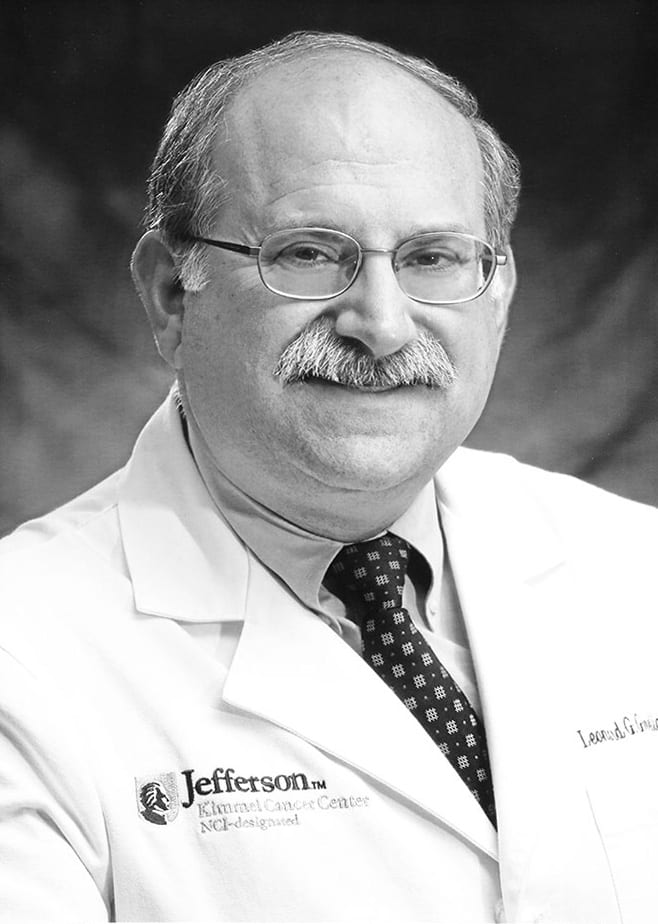
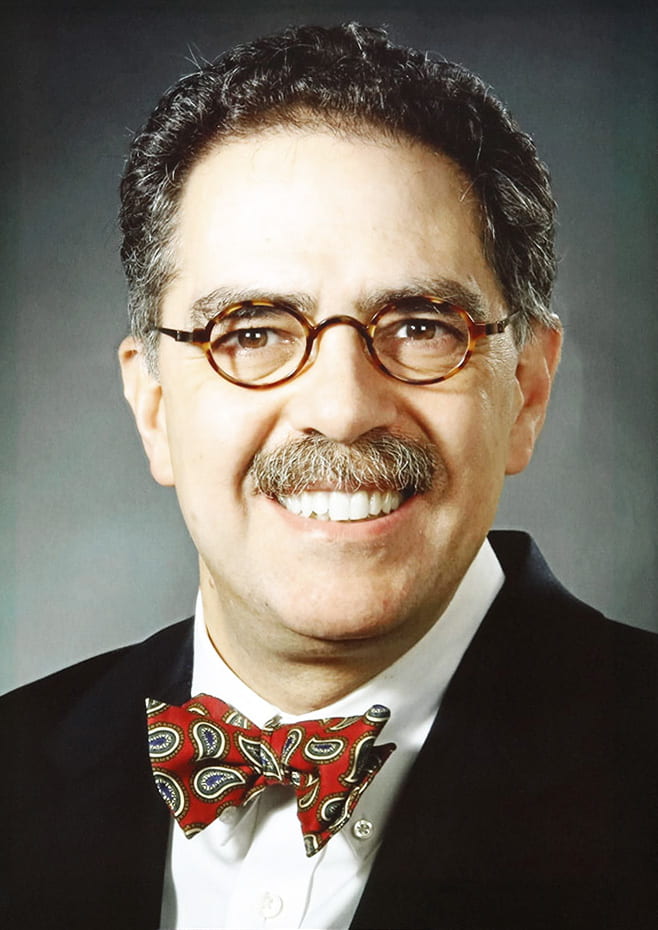
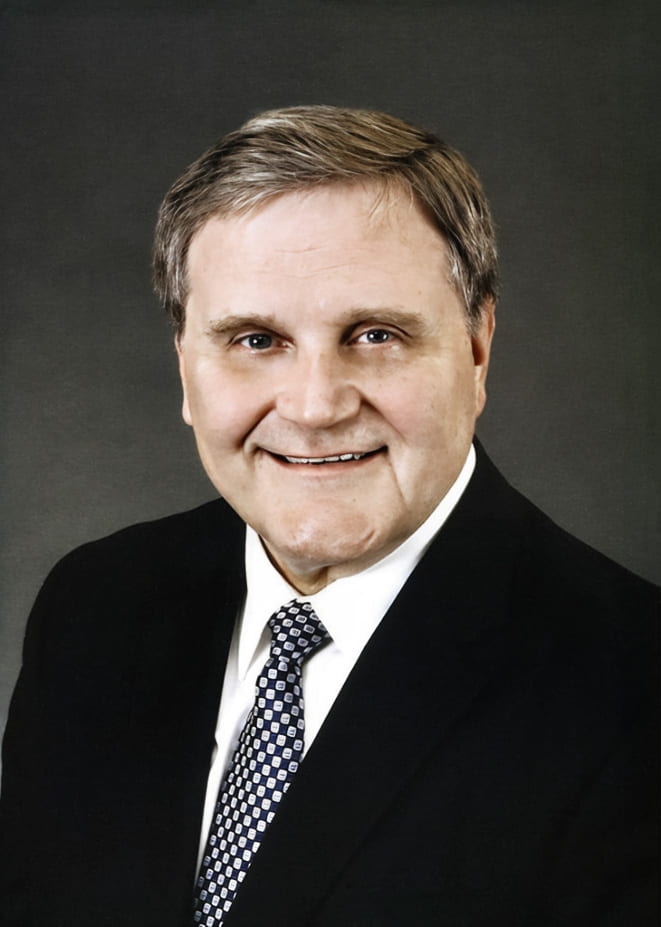
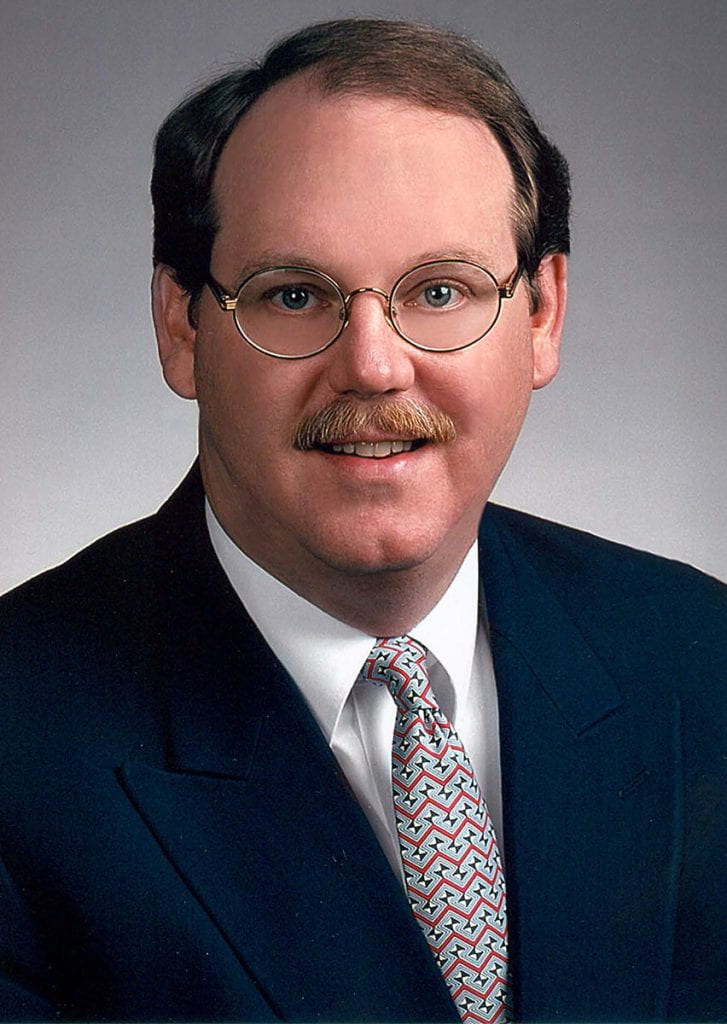
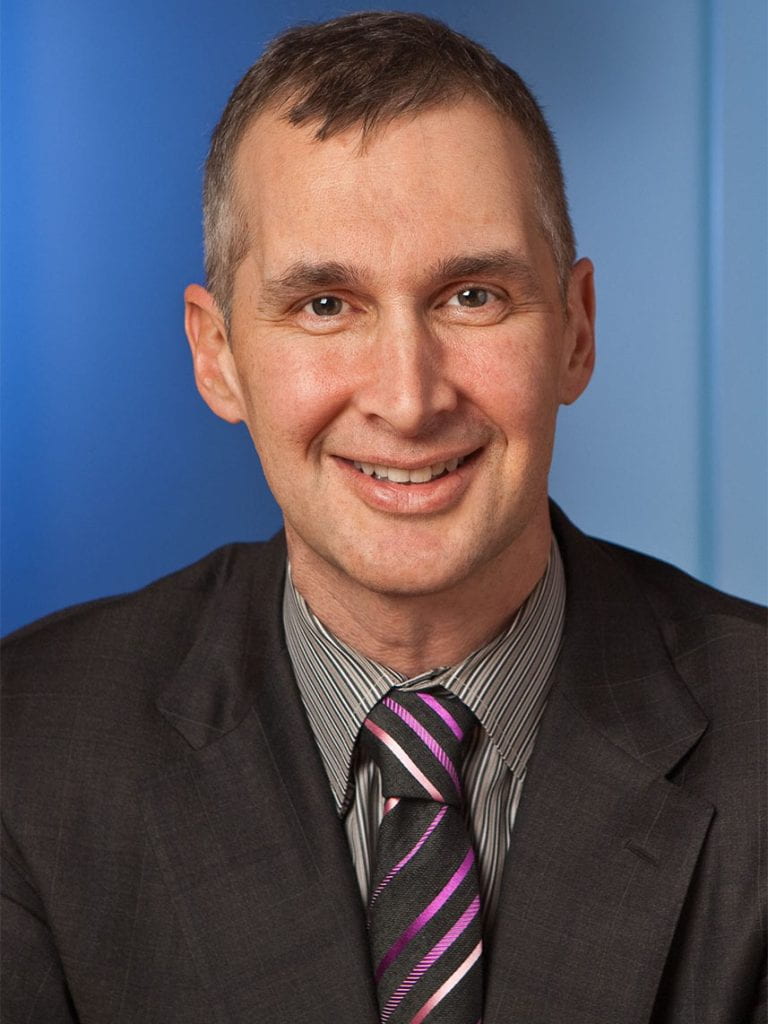
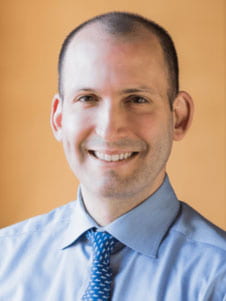
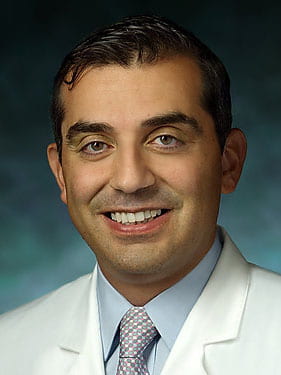
| Justin J. Cordonnier Visiting Professors | ||
|---|---|---|
| 1975 | Ormond Culp, MD Mayo Clinic | |
| 1976 | Willet F. Whitmore, MD Memorial Sloan-Kettering | |
| 1977 | Joseph J. Kaufman, MD UCLA | |
| 1978 | C. Eugene Carlton, Jr., MD Baylor College of Medicine | |
| 1979 | Victor A. Politano, MD University of Miami | |
| 1980 | Ruben Foster Gittes, MD. Harvard University | |
| 1981 | Professor John Blandy University of London | |
| 1982 | David C. Utz, MD Mayo Clinic | |
| 1984 | Donald Skinner, MD University of Southern California | |
| 1984 | John W. Duckett, MD Unniversity of Pennsylvania | |
| 1985 | Rudolph Hohenfellner, MD Mainz-West Germany | |
| 1986 | Patrick C. Walsh, MD Johns Hopkins | |
| 1987 | Ralph A. Straffon, MD Cleveland Clinic | |
| 1988 | Elwin E. Fraley, MD University of Minnesota | |
| 1988 | F.K. Mostofi, MD Armed Forces Institute of Pathology | |
| 1989 | Mr. J.E.A. Wickham London Hospital | |
| 1990 | John T. Grayhack, MD Northwestern University | |
| 1991 | Shlomo Raz, MD. UCLA School of Medicine | |
| 1992 | Alan J. Wein, MD University of Pennsylvania | |
| 1993 | Jean B. DeKernion, MD University of California, Los Angeles | |
| 1994 | Jack W. McAninich, MD University of California, San Francisco | |
| 1995 | Paul H. Lange, MD University of Washington Medical Center, Seattle | |
| 1996 | Carl A. Olsson, MD Columbia University, New York | |
| 1997 | Andrew C. Novick, MD The Cleveland Clinic Foundation Cleveland, Ohio | |
| 1998 | Joseph A. Smith, Jr., MD Vanderbilt University, Nashville, Tennessee | |
| 1999 | Fray F. Marshall, MD Emory University Atlanta, Georgia | |
| 2000 | Peter T. Scardino, MD Memorial Sloan Kettering Cancer Center, New York, NY | |
| 2001 | John A. Libertino, MD Institute of Urology, Burlington, MA | |
| 2002 | Jerome P. Richie, MD Brigham & Women’s Hospital, Boston, MA | |
| 2003 | E. Darracott Vaughan, MD Cornell Medical Center, New York, NY | |
| 2004 | John M. Fitzpatrick, MD University College Dublin, Ireland | |
| 2005 | Ralph V. Clayman, MD University of California – Irvine, Orange, CA | |
| 2006 |
James E. Montie, MD University of Michigan, Ann Arbor, MI | |
| 2007 |
Mani Menon, MD Henry Ford Health System, Detroit, MI | |
| 2008 |
Glenn M. Preminger, MD Duke University, Durham, NC | |
| 2009 |
Paul F. Schellhammer, MD Eastern Virginia School of Medicine, Norfolk, VA | |
| 2010 |
Francesco Montorsi, MD Universita’ Vita Salute San Raffaele, Milan, Italy | |
| 2011 | Anthony J. Schaeffer, MD Northwestern University, Chicago, IL | |
| 2012 | William D. Steers, MD University of Virginia Health Sciences Center, Charlottesville, VA | |
| 2013 | Mark S. Litwin, MD, MPH David Geffen School of Medicine at UCLA, Los Angeles, CA | |
| 2014 | Gerald H. Jordan, MD, American Board of Urology | |
| 2015 | Leonard G. Gomella, MD, Thomas Jefferson University | |
| 2016 | Louis R. Kavoussi, MD, Hofstra North Shore-LIJ School of Medicine | |
| 2017 | Michael L. Blute, Sr., MD, Harvard Medical School, Boston, MA | |
| 2018 | Timothy B. Boone, MD, PhD, Houston Methodist Hospital, Houston, TX | |
| 2019 | Hunter B. Wessells, MD, FACS, University of Washington, Seattle, WA | |
| 2020 | Sam S. Chang M.D., Vanderbilt University Medical Center | |
| 2021 | Benjamin N. Breyer, M.D., University of California, San Francisco | |
| 2022 | Mohamad E. Allaf, M.D., Johns Hopkins Medicine, Baltimore, MD |